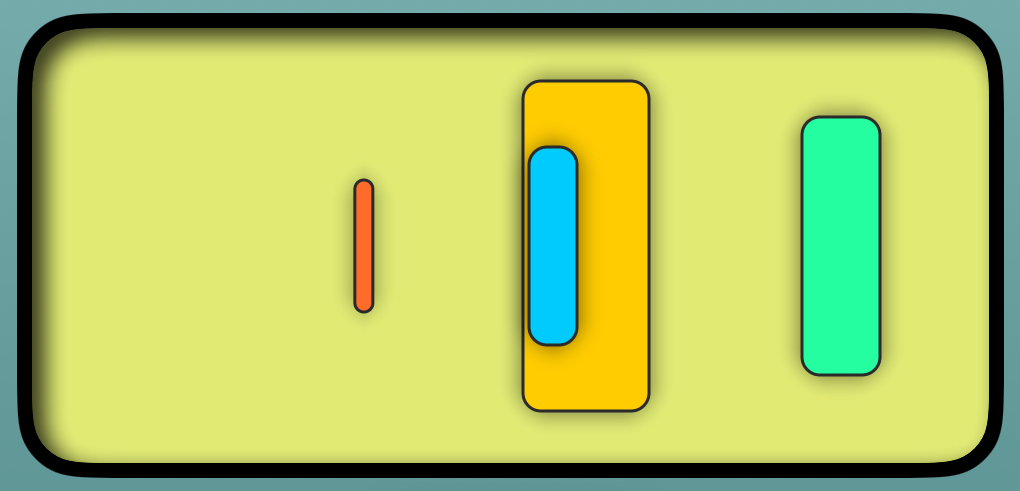This year’s update of WeightGlance is already available since October 25th. Originally I thought that the update of Chronodget wouldn’t take much longer, but then I found small issues here and there while testing it. And so it’s already two months later and the end of the year when Chronodget also gets its yearly update.
As every year, those updates are about keeping up with the current developments of the OS and the programming environment — swift and Xcode.
But this year we also have some visible changes as Apple introduced Liquid Glass with the new OS releases.
Both apps embrace the new design system and add some glass effects. This is more apparent in Chronodget as it has more UI elements than WeightGlance. For Chronodget the new windowing system in iPadOS was a challenge. Working with the compact and regular size classes wasn’t sufficient anymore to decide when to switch between one and two column mode. It now uses a point size based threshold to decide when to switch. I wonder if Apple will introduce more distinct size classes in the future or whether usage of size classes will just become inconvenient for some kinds of apps.
If you’ve already installed Chronodget, you should have gotten the update by now. Otherwise you can always get it in the App Store. The same is also true for WeightGlance which is available here in the App Store
